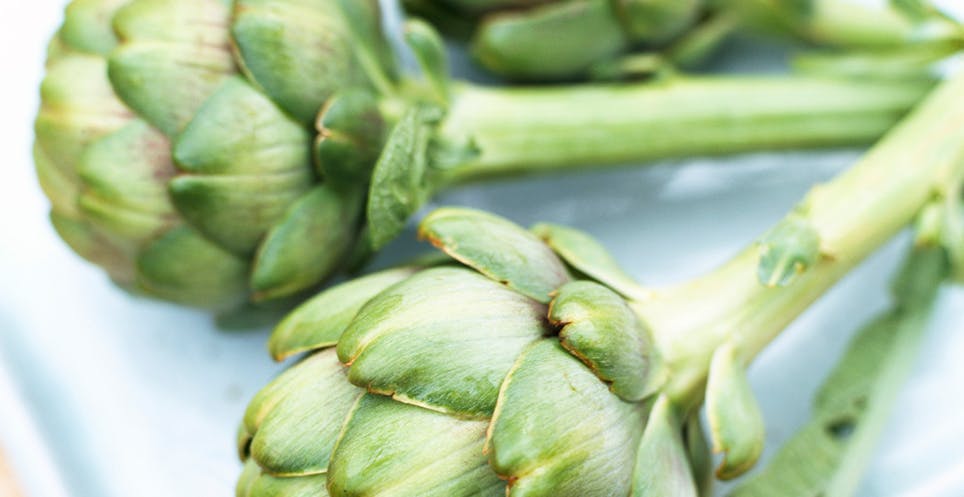
Getting enough fiber might seem difficult, especially if you don’t feel like eating any veggies.
You might be surprised by the types of meals that are high in fiber. And why is it important for us to consume enough fiber in our diets? Continue reading to learn more about the value of fiber and some high-fiber foods you can incorporate into your regular diet.
Dietary fiber intake is a crucial component of a healthy lifestyle in general. Roughage, or dietary fiber, refers to the bits of plants, animals, legumes, and whole grains that your body is unable to completely digest. Prior to reaching the colon or large intestine, where some dietary fiber is fermented by bacteria, it generally travels through your digestive tract undigested.
Normal bowel movements, softened stool, and support for bowel health may all be achieved with a high-fiber diet. Foods high in fiber have the tendency to be more filling than those low in fiber, which can also help you feel full.
Soluble and insoluble fibers are the two types of foods that contain fiber. Dietary fiber that dissolves in liquid and absorbs liquid during digestion develops into a gel-like structure is known as soluble dietary fiber. Foods including oats, peas, beans, fruits, and barley all contain soluble fiber. The second kind of dietary fiber that doesn’t dissolve in water and remains intact after digestion is called insoluble fiber. Insoluble fiber, which is present in foods like whole-wheat flour, almonds, and vegetables like cauliflower, green beans, and potatoes, aids in the transportation of food through your digestive system.
Include high-fiber foods in your everyday diet by adding them to smoothies, snacks, and regular meals. It’s crucial to start slowly and gradually increase your dietary fiber consumption if you want to increase the amount of fiber in your diet rather than all at once.
Beans
In salads, soups, and stews, lentils and other beans are a simple way to sneak fiber into your diet. Some beans, such as edamame (a cooked soy bean), are even excellent sources of fiber. Shelled edamame has 9 grams of fiber per half-cup serving. a perk? These all offer a source of plant protein. According to study, great cakes may still be produced by bakers who use beans or bean flour in their baked items.
Broccoli
This veggie can get pigeonholed as the fiber vegetable. Its cruciferous nature—meaning it’s from the Brassica genus of plants along with cauliflower, cabbage and kale—makes it rich in many nutrients in addition to fiber. Studies have shown that broccoli’s five grams of fiber per cup can positively support the bacteria in the gut, which may help your gut stay healthy and balanced.
Berries
Although berries are well known for their antioxidant content, they also contain a lot of fiber. A cup of fresh blueberries has over four grams of fiber, while a cup of unsweetened frozen blueberries contains roughly the same amount. Additionally excellent sources of fiber include raspberries, blackberries, and strawberries. Of fact, berries’ naturally low calorie content is also one of their most advantageous qualities.
Avocados
Avocados very much go with everything: toast, salads, main courses, and eggs. And while they’re frequently known for their substantial serving of good fats, one cup of avocado also has 10 grams of fiber (so just imagine how much is in your guacamole).
Popcorn
One gram of fiber can sate desires with one cup of popcorn, which is a whole grain when consumed naturally and without butter, as it is at the movies. The King of Snack Foods is how some people refer to it.
Whole Grains
Good news for bread lovers: Real whole grains, such the brown rice, oats, and 100% whole wheat bread, include fiber. A warning: According to the Food and Drug Administration, for a food to be classified a true whole grain, it must list whole grains as the first ingredient on the label.
Apples
According to study, the proverb “an apple a day keeps the doctor away” may not always be accurate, although eating more apples can increase your intake of fiber. Depending on the size, each apple has four grams of fiber. Of course, they also make for a tasty and crispy snack.
Dried Fruits
For people with constipation, dried fruits like figs, prunes, and dates can significantly increase your fiber intake. These fruits naturally contain sorbitol, a sugar that may benefit your intestines and increase comfort. However, consuming an excessive amount might cause cramps or diarrhea, so try a modest quantity and wait until you’ve fully digested them before eating more.
Potatoes
One small potato with skin may provide about three grams of fiber; other good sources of fiber include sweet potatoes, red potatoes, purple potatoes, and even plain old white potatoes. The vegetable has a terrible record for hanging out with the wrong folks, like fries and chips, to name a couple. However, potatoes might have a lot of advantages when they are not deep-fried and salted.
Nuts
Sunflower seeds and almonds each provide more than three grams of fiber per serving, making nuts a fantastic source of fiber in addition to protein and healthy fats. They can assist you in consuming the 38 grams of fiber advised for males and the 25 grams suggested for women by the FDA. Nuts that are raw or dry-roasted are preferable to those that are already packed (which are usually cooked in oils that can add extra, unnecessary calories.) Even nut butters have fiber to spare.